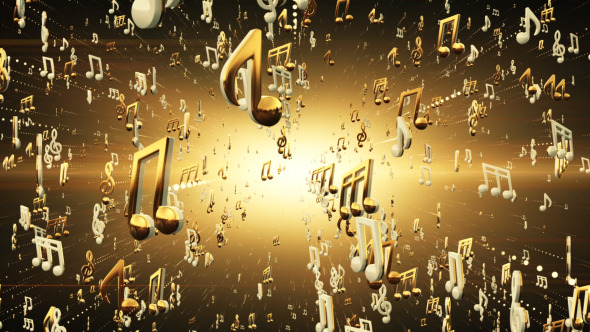

Our Key and Scale lesson is a comprehensive lesson on learning key signatures in music and the associated music scales. There are easy methods to learn all the keys and you can use the workshop lessons to accomplish just that. The patterns remain the same, but the note names and thus the key names change.
Music keys that correspond to the affects how to#
So really all you need to learn is how to form a major or minor key and then consider on what note it starts. Using simple music math you will be able to find patterns and simple systems to learn them. Major and Minor keys have relationships that make them easier to manage. We have patterns and groupings to help get through the key issues (pun intended). It seems that this is nearly completely out of control having to deal with so many keys.Īt first it seems that way, but here is the thing, it can easily be broken down into manageable categories. Minor key signatures which are related to the flat major keys, in order: d minor, g minor, c minor, f minor, b flat minor, e flat minor, a flat minor How to Manage Keys Minor key signatures which are related to the sharp major keys, in order: e minor, b minor, f# minor, c# minor, g# minor, d# minor, a# minor The C is the minor third and G# is the major 7 th and is sharp. (yes it’s a little more complicated than that, but it works) For the harmonic minor the effect of the scale is to flat the third and the seventh will be a sharp key. The minor key is related to the major key at a minor third interval down. And what if I told you there were 3 types of minor scales that would apply to the minor keys.ĭoes your head hurt yet? Here’s your list of Minor Key Signatures

Now, learning the 15 major key signatures seems like it might be a big task to accomplish! It will take some doing, but it isn't as hard as you might think.īut wait there's more! There is also a minor key for every major key, thus doubling the number of keys to 30. This is true for the key signatures as well. On the piano if we look at F# it can be called Gb as well, therefore they are the same note, but have a different name. What, same notes different names? Double Label Key Signatures
:max_bytes(150000):strip_icc()/rests-5b4cc3edc9e77c001ae45669.jpg)
Key signatures with flats: F, Bb, Eb, Ab, Db, Gb, Cb (progressively each adds a flat up to 7)ģ sharp keys and 3 flat keys have different names but have the same notes called by a different name. Key signatures with sharps: G, D, A, E, B, F#, C# (progressively each adds a sharp up to 7) Seven keys that have flat names (with up to 7 flat notes) Here’s your list of Major Key Signatures.Seven keys have sharp names (with up to 7 sharp notes).There are fifteen (15) name labels for basic major key signatures. However, since you have the ability to have keys with double names this opinion falls apart quickly. So it would make sense to believe there are only 12 key signatures (also known as keys). Often, new music students will say there are 12 keys of music, but what they are referring to is the twelve keys they can identify on a keyboard or piano.


 0 kommentar(er)
0 kommentar(er)
